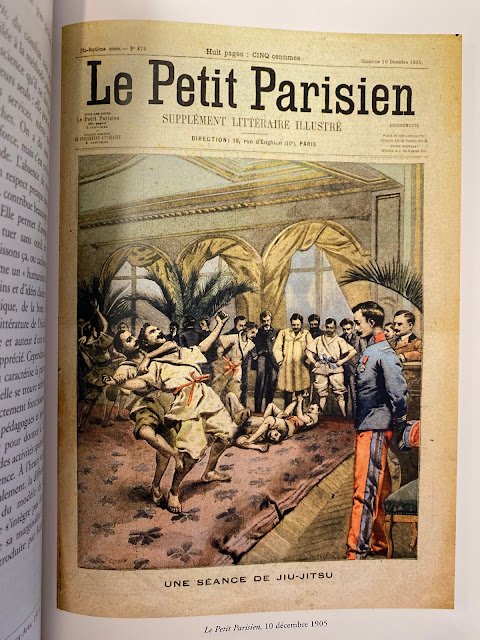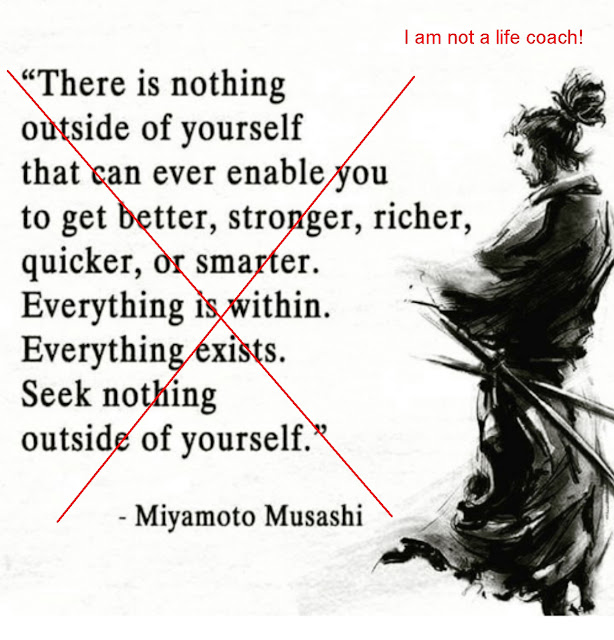Comments on Two Books on Judo en Français
 |
| Jigoro Kano Père du Judo and Les Racines du Judo Français |
Introduction
I (Richard) have some French language skills thanks to classes in high school and college. My mom was also a French teacher, so if I get stuck I can call for help!
Because of this background, I decided to try buying two books: Jigoro Kano Père du Judo and Les Racines du Judo Français. Hopefully I could read and review them for Martial Journal.
After receiving them, I realized that reading books of this size in full, en Français, would be a considerable undertaking. I only feel comfortable writing proper reviews if I read the whole book.
Therefore, I decided to share a few comments on each book instead of writing reviews. In the event there are readers comfortable with French, you might like to try them as well.
Jigoro Kano Père du Judo
As you might expect, the first book by Michel Mazac translates as Jigoro Kano, Father of Judo.
I want to share three features of this book that caught my attention.
First, it offers visual family trees for Professor Kano's ancestors and descendants, reproduced below.
 |
| Jigoro Kano Père du Judo Ancestry |
 |
| Jigoro Kano Père du Judo Descendants |
Second, this book offered a chart showing the national origins of the first foreign students to learn Judo at the Kodokan.
 |
| Jigoro Kano Père du Judo Foreign Students |
According to this book, the first was HM Hughes on 14 August 1893, from England. Other sources have assigned him the rank of "captain," but I do not recall his branch of service. Hughes is the "1" in the "Avant" column, meaning "Before."
Next came two Americans from Boston, John Forbes Perkins and John Wells Farley, in 1899.
In 1901, three Koreans (Coréenne) trained. Note the chart has an error, listing the "3" in the American row. I corrected it in red text.
"Inconnue," in the last row, means "unknown." I believe the other nationalities are self-evident.
Third and finally, Jigoro Kano Père du Judo appears well-sourced, The author uses footnotes on every page, and includes a good-size bibliography. If I wanted to sit down and really concentrate, I believe this would be a good book to read about Professor Kano.
Les Racines du Judo Français
The second book title translates as "The Roots of French Judo." It is a history of Judo in France from the end of the 19th century through roughly 1950.
I'd like to share three aspects of this book that impressed me.
First, this book features some great art and figures. Consider the following from a 1921 edition of the LaRousse dictionary.
This artwork from the cover of a 1905 French magazine, titled "A session of jiu-jitsu," is even cooler.
 |
| Les Racines du Judo Français 1905, A Session of Jiu-Jitsu |
Second, this book explains the origins of some myths one encounters in later descriptions of French Judo history. Author Michel Brousse cites a 1966 book on Judo by Claude Thibault. Mr. Thibault did no serious research, according to Mr. Brousse, and instead relied on interviews with Kawaishi sensei black belt students.
Thibault's lack of critical thinking resulted in many errors. The most famous is the idea that the “invention” of colored belts was due to Kawaishi, despite their use for many years in England. Blog readers will remember the article here that cited their use in Japan as well.
Brousse also notes that Paris is still considered to have held the first "European Judo Championship" in 1951, despite the fact that an event of the same name was first held in Dresden, Germany in 1934!
Third and finally, Les Racines du Judo Français may have the most extensive bibliography and research list I've ever seen in a martial arts history book. Mr. Brousse devotes two entire sections of the book to discussing the problems with previous work and sources. At the end of the book, he includes 25 pages listing sources, annexes, and a bibliography, including collections at national and private libraries. This dedication to research tells me the content is reliable.
Conclusion
I bought these books (from France) because 1) it is difficult to obtain biographies of Professor Kano and 2) I wanted a reference for French Judo history, as that nation has a rich tradition matched only by a few other countries.
I plan to write another post describing how I work with foreign language sources in general. I have a few more books and other material in non-English languages. They can be helpful resources, even if you English is your only language.
If you like this article, check out our Facebook page, Instagram account, and Twitter feed. Be devoted!




nice
ReplyDelete